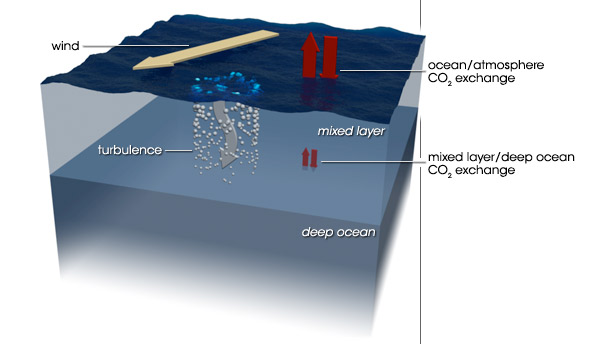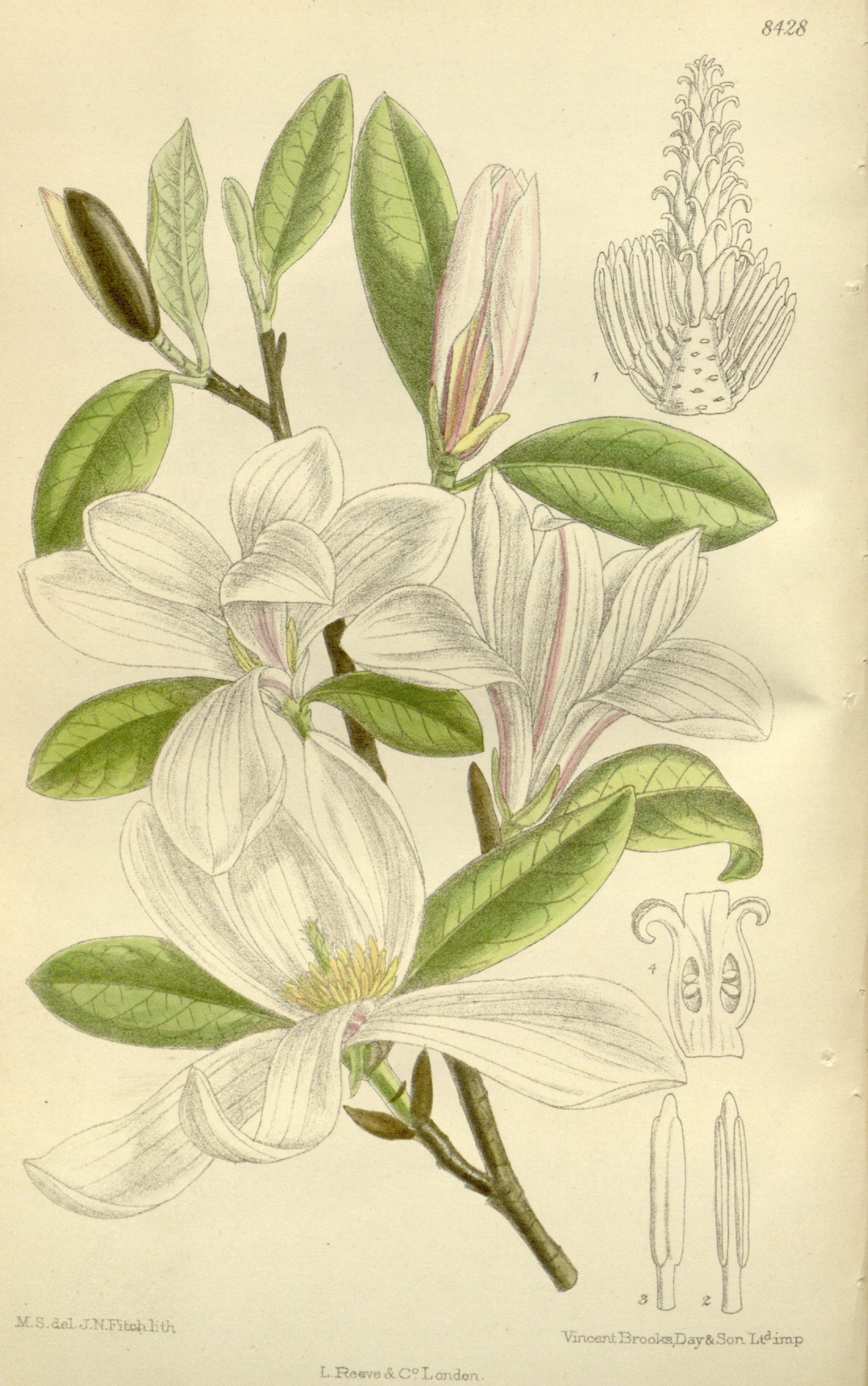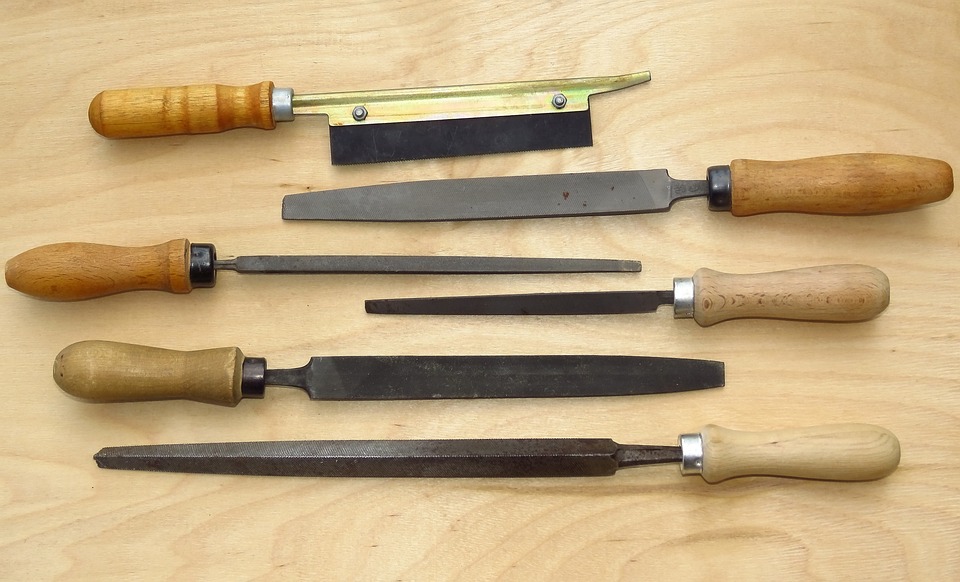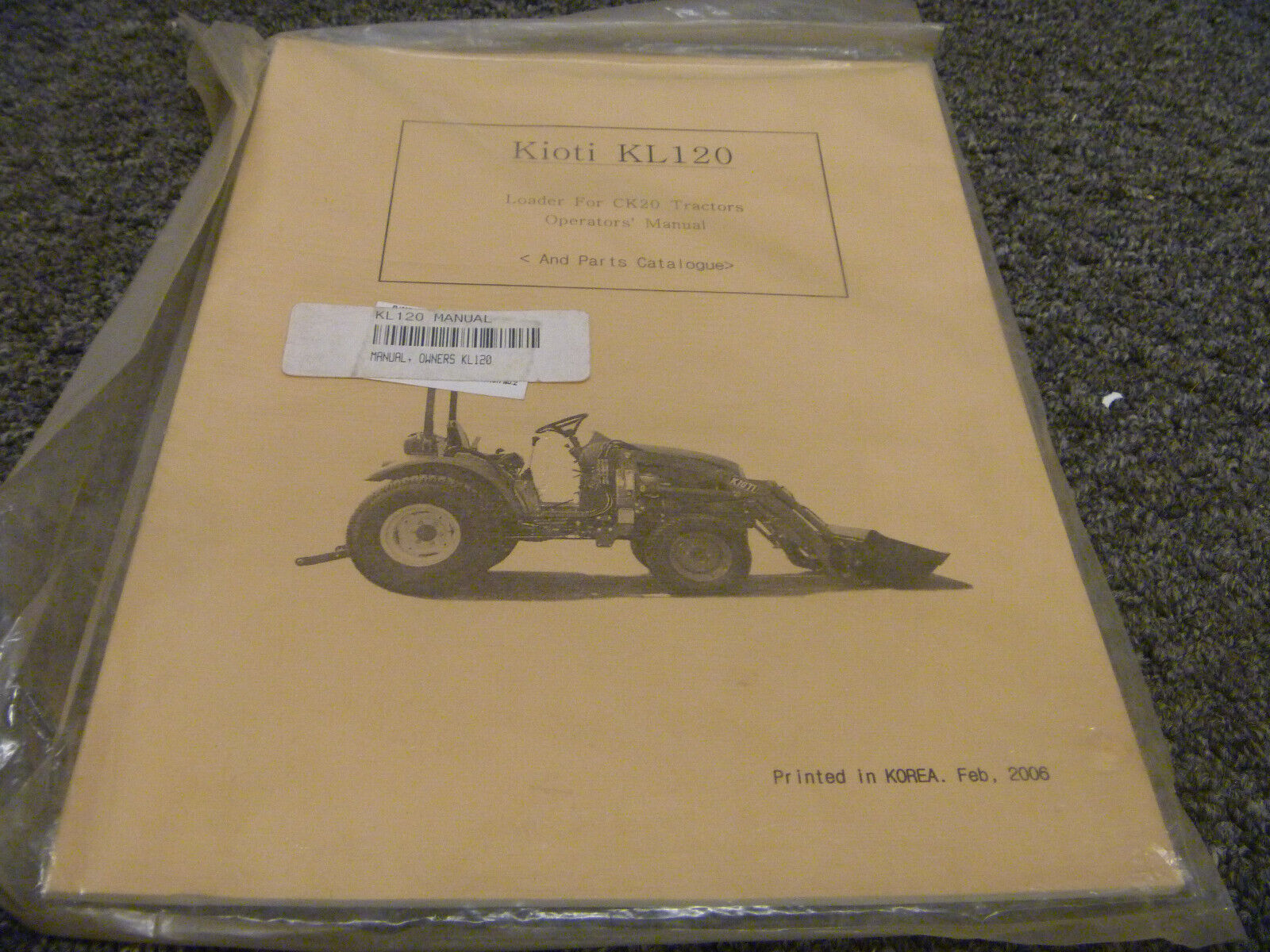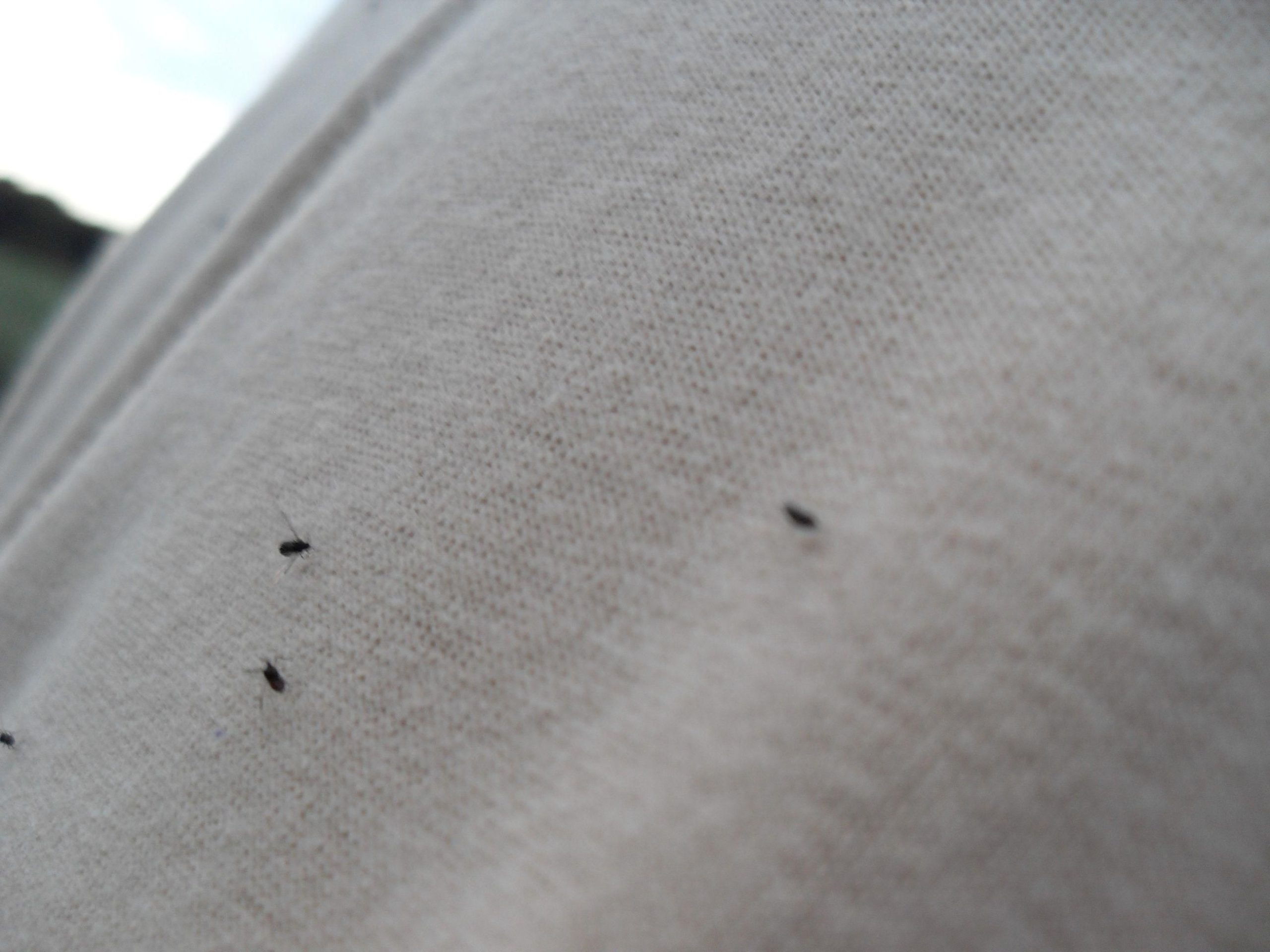Layering is a safe, sure, simple way to increase many types of plants, particularly the climbers and danglers with which this book is concerned. The first requirement is that the plant has long, lax, or drooping stems – which vining plants do. The rest is easy because the stem is not severed from the parent until the new plant is well-rooted and can survive on its own. Humidifying devices, bottom heat, and close protection are seldom called for.
Garden plants layer readily, sometimes even spontaneously. And layering is equally easy for indoor or greenhouse vines. A wandering stem or runner is simply pinned down on the soil in a nearby pot and severed when it is securely rooted.
Ground layering in the garden takes place at the base of the parent plant. Loosen and lighten a small section of soil, and mix in some peat or other humus to help hold moisture. Select a firm, semi-woody stem, and open the thick skin in one of several ways to speed up rooting. The stem can be nicked underneath with a sharp knife, split and held open by a small piece of toothpick or match, or simply twisted just enough to break the outside skin and separate a few of the inside tissues. Some plants insist on rooting at or near a node, while others don’t care where. And some softer stems don’t even need to be nicked.
Now, bend down the long branch and bury the portion to be rooted in the prepared soil, leaving the tip section of the branch sticking up. Anchor it with a stone, clothespin, or crossed sticks. When the buried stem is well rooted, cut the old branch between the new and parent plant, and transplant or pot the offspring.
Simple ground layering can be modified or embroidered so that more than one plant is produced from each operation. In serpentine layering, the stems are covered with soil at intervals, with sections of the stem looping up in the air between. Multiple, or continuous, layering works on plants and vines that root readily all along the stem or branch. The entire stem is buried, except for the tip, and new plants that come up at intervals are cut apart and transplanted.
Air layering is a procedure for thick, upright, canelike stems. The stem is nicked or opened near a node or not, depending on the plant; and that section of the stem is enclosed in a ball of moist sphagnum moss. This is held in place by a firm bandage of polyethylene, a plastic that permits passage of air but holds in moisture, tied to the stem at each end of the ball with a soft cord. Check occasionally to make sure the sphagnum has not dried out. When you see roots inside the plastic, cut off the stem just below that point and pot up the new plant, its root ball intact in the moss.
